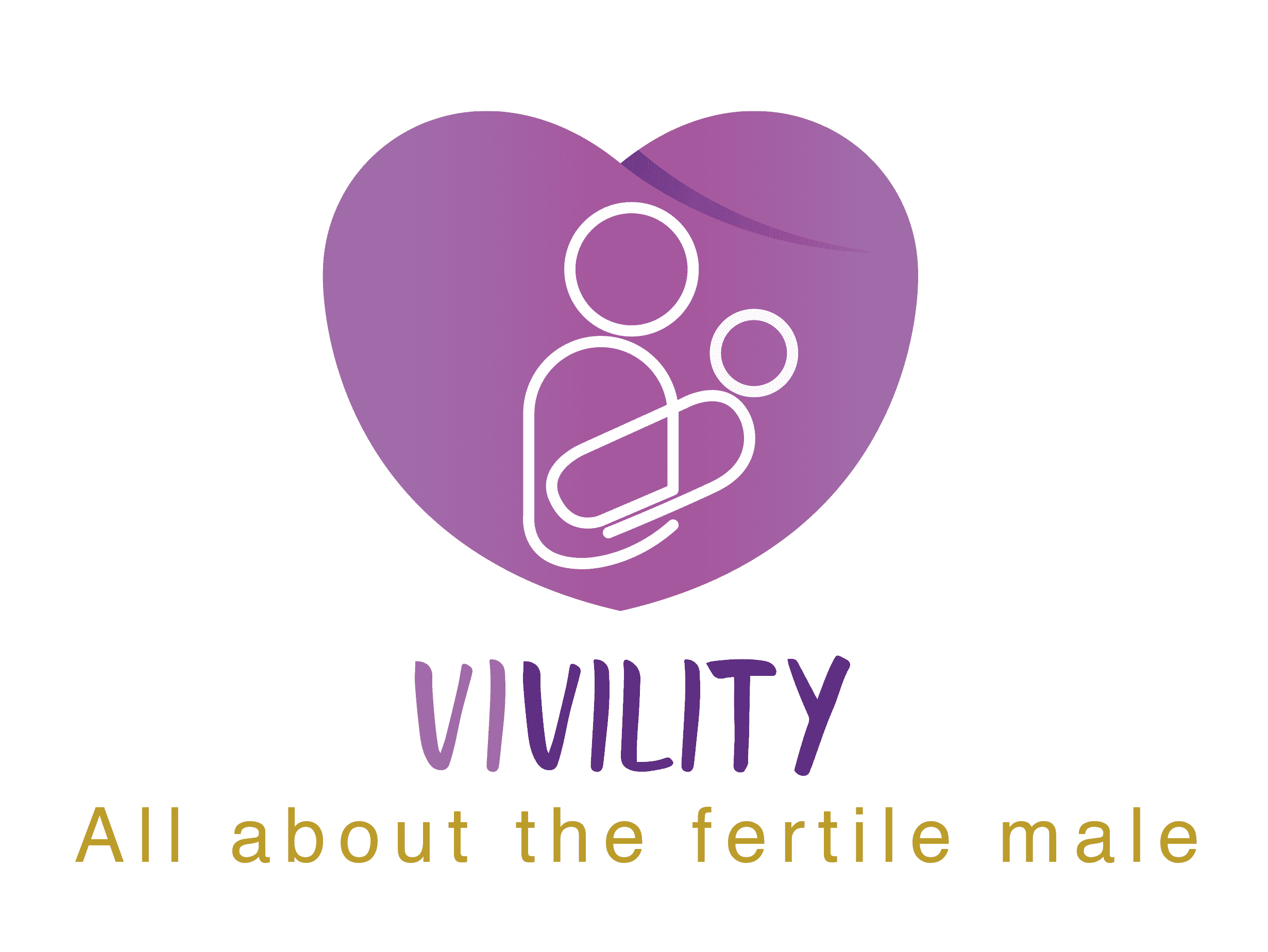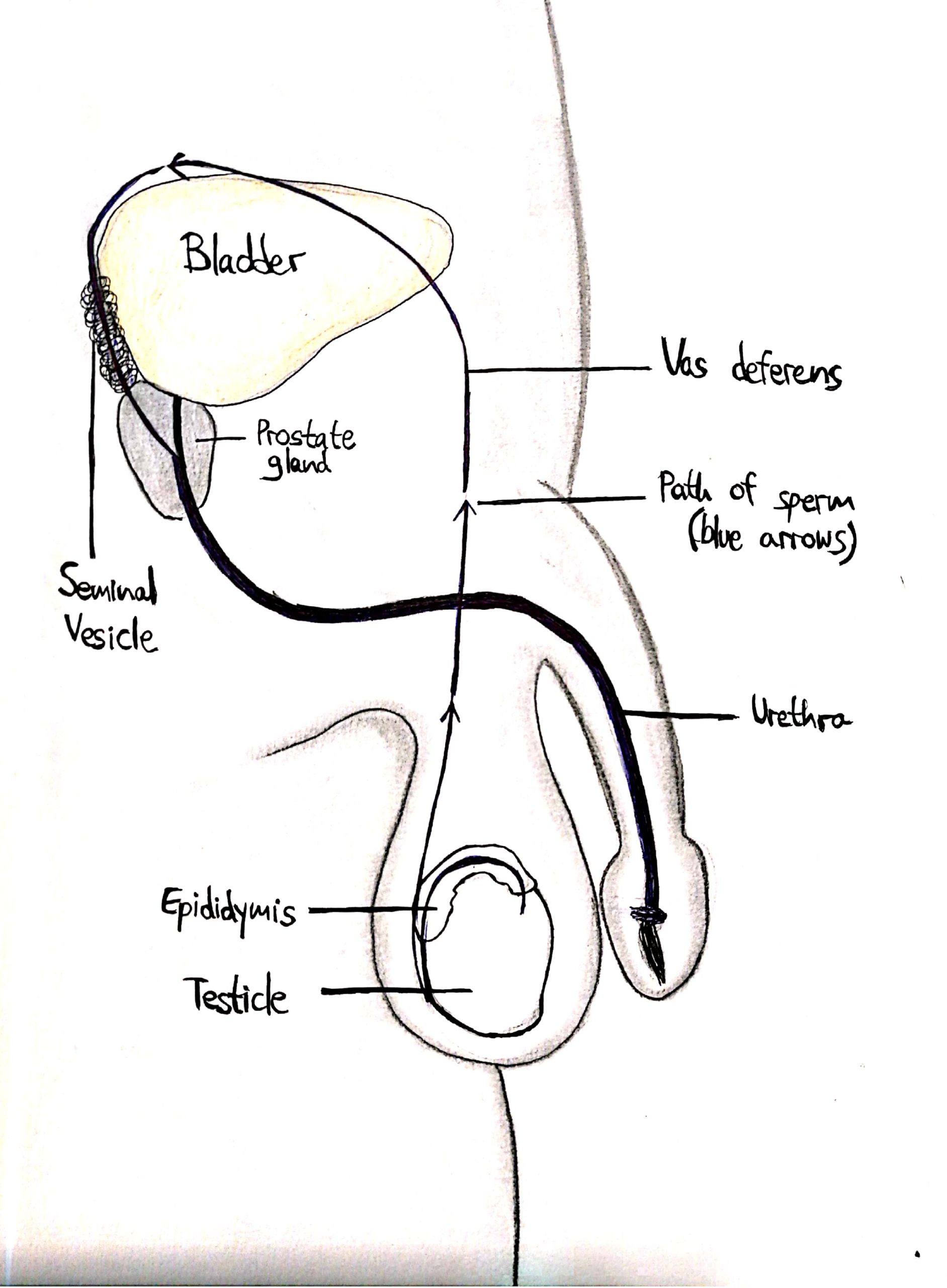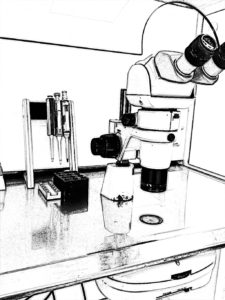Kallman Syndrome
Kallman Syndrome (KS) is a condition normally marked by small testes together with no spontaneous puberty, as well as problems with the sense of smell. It is estimated to occur in 1 in 8000 males and 1 in 40000 females and is often passed down from one’s parents.
The syndrome occurs when there is not enough of the hormone GnRH being released in the brain during development. It has been shown to result from multiple different genetic mutations. These varying mutations can also be passed to the next generation in different ways, depending on where they occur. It is also possible that the mutation causing KS may have occurred spontaneously, in which case it was not inherited from a parent.
The way the condition presents itself greatly varies, even within the same family. In some patients, there is a complete absence of the sense of smell, while in others that may not be the case. The size and state of the testes can also vary. In some cases, there will be additional symptoms as well, such as abnormal eye movements, one undeveloped kidney, hearing problems, or a cleft lip.
KS is usually diagnosed around the age of puberty, as the individual will not go through normal sexual development. If the condition is suspected due to one’s symptoms, it can be confirmed by checking for hormone levels: KS is marked by low amounts of gonadotropins and gonadal steroids. Genetic testing will also be performed, to ascertain if the condition is caused by a known gene mutation.
Treatment
Once diagnosed, a patient can be treated with hormone replacement therapy, which allows the gonads to fully develop and stimulates the development of secondary sexual characteristics such as pubic hair. In males, this would indicate testosterone treatments while in females it would indicate estrogen and progesterone treatments.
Kallman Syndrome and Fertility
When an individual with KS wishes to have children, they can be treated with gonadotropin hormones, which stimulate sperm production in males and ovulation in females. While not foolproof, these treatments restore fertility in most patients. It is important that these treatments come together with genetic counseling, as there is a high risk of passing on the condition to the next generation.



